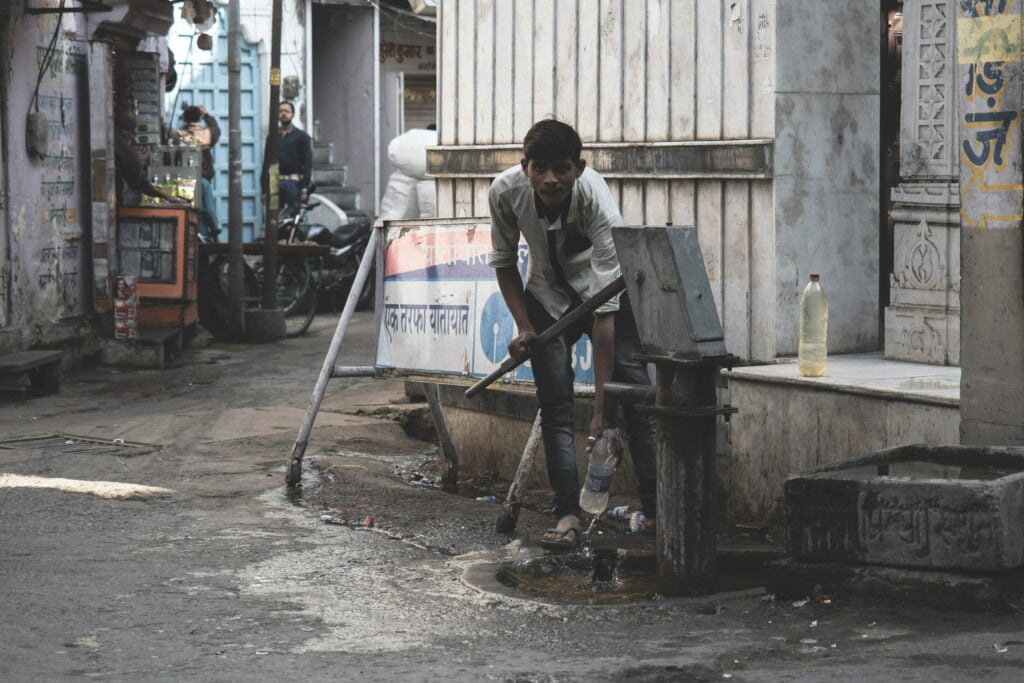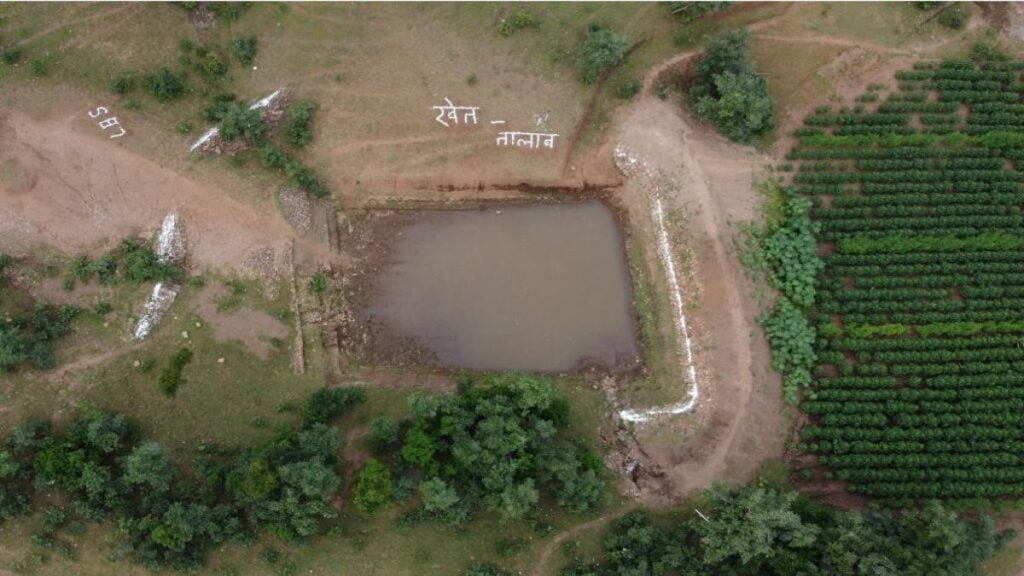The last two terms of the ruling government have seen a massive push towards sanitation and clean drinking water facilities. While coming into power in 2014, the party promised to increase the number of toilets from 39% in 2014 to 100% in 2019. In October 2019, while India declared itself Open Defecation Free, many reports continue to suggest otherwise. The reason was that many toilets lacked a proper drainage system and were poorly built, making it unusable. In 2019, Swachh Bharat Mission, Rural was launched to make arrangements for solid and liquid waste management, by 2024. Government data show that 396 out of 746 districts in India have achieved this status. About 4.37 Lakh villages have liquid waste management while 2.69 Lakh have solid waste management. In 2019, the party promised to bring piped water connections to rural households by 2024, which became the Jal Jeevan Mission. The numbers went from 13% in 2014 to 16.8% in 2017-18. In the last five years, the number of connections has risen to 14.07 crore or 73% of the total 19.2 crore rural households in India. The lack of maintenance of pipelines and high charges continue to hinder the mission as villages listed as JJM beneficiaries continue to draw water from wells. The budget for SBM (rural) saw a rise, from Rs 2,908 crore in 2014-15 to Rs 16,948 crore in 2017-18. It began to decline the year after, coming to as low as Rs 5,000 crore in the revised budget of 2022-23. As priorities changed and funds for sanitation were reduced, the drinking water budget almost doubled from 5,500 crore in 2018-19 to 10,001 crore in 2019-20. The Department of Drinking Water and Sanitation has allocated 91% of the budget to JJM, with the estimated amount for drinking water supply at 70,000 crores. 9% of the budget has been allocated for the SBM Rural, with a budget allocation of 7,192 crore. The reduction in budget is due to what critics call the build-neglect-rebuild characteristic of the project, where there is an excess focus on building infrastructure while neglecting operations and maintenance. Read the full report on the link below –
The Promise of Sanitation- Where Does it Stand?




